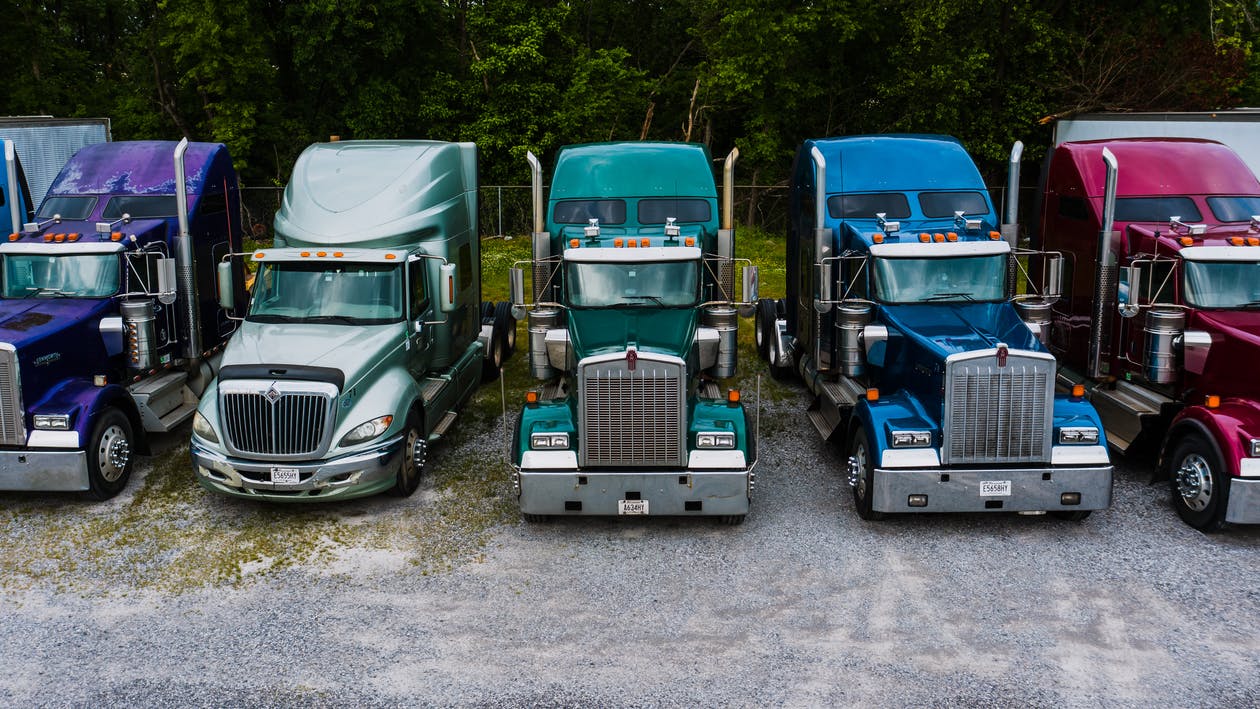One-size-fits-all tech no longer makes sense
By Corrie White
Peak season is upon us. Amazon moved its annual Prime Day to Oct. 13 and 14 and is actively hiring 100,000 logistics and fulfillment workers. FedEx ramped up its seasonal hiring of 70,000 workers, 27% more than last year, while UPS is cushioning its workforce with the usual 100,000 seasonal employees.
But in September, the Logistics Managers’ Index (LMI) revealed new lows for transportation capacity, especially for “downstream firms,” representing the consumer-facing businesses that are struggling to meet the intensifying appetite for home delivery.
“It is interesting that logistics capacity is already this pressed at the end of Q3,” the report stated. “Traditionally Q4 is when we see peak logistics demand, so the fact that it’s already close to maximum utilization calls into question whether or not missed or late deliveries will become an issue through peak retail times in November and December.”
There’s industry-wide concern regarding how COVID-19’s impact on distribution, transportation, consumer habits and business behaviors will converge with peak retail season and whether the supply chain can withstand the pressure.
“I don’t think the world truly knows about the avalanche that could be coming down on our heads from a last-mile packaging and shipping perspective during this holiday period,” said Craig Montgomery, senior vice president of global marketing at PowerFleet. “The bulk of holiday shopping is going to be done online – especially if there is colder weather and the flu season. I stand back and ask what can be done from a technology standpoint to make these fleets more efficient to handle the potential surge in demand.”
To avoid low in-stocks during peak season, retail giant Walmart tightened its on-time and in-full requirements. The casualties of these stricter guidelines will likely be those small to midsize shippers and carriers who cannot repeatedly incur the 3% compliance fine when their less-than-truckload shipments aren’t on-time and in-full 98% of the time.
In an interview with FreightWaves, Montgomery said technology providers in the industry must not only serve the big fleets, but also enable the small fleets to compete and survive when these mandates come down. While the big fleets form the backbone of the United States economy, it’s the smaller fleets that service customers on a very local, last-mile level, less-than-a-truckload or regional long hauls.
“I’m talking about the 200-trailer fleet with 50 reefers, 150 drive vans, a couple of flatbeds. This fleet is a real trucking company, and it needs to acquire technology that makes it nimble and more efficient at a cost-effective level after market. And the technology needs to be modular, meaning you can pick and choose how you want to instrument your fleet.”
In the past, technology providers like PowerFleet encouraged fleets to adopt a one-size-fits-all tech model, but that no longer makes sense, according to Montgomery. If a fleet wants to tag its locally moved pharmaceutical or food cargo to keep track of temperature for the customer, PowerFleet is able to provide and scale that service, no matter the fleet’s size.
“And then it’s up to them if they want to have that kind of higher-level service,” said Montgomery. “The carrier should be able to tell the local poultry company, for example, that its freight is moving forward by giving them the temperature data from door to door. If the carrier could offer that service, it might keep them from losing that poultry company to a larger player.”
Link: https://www.freightwaves.com/news/telematics-keeps-smaller-carriers-competitive-for-peak-season
Source: https://www.freightwaves.com
















Leave a Reply